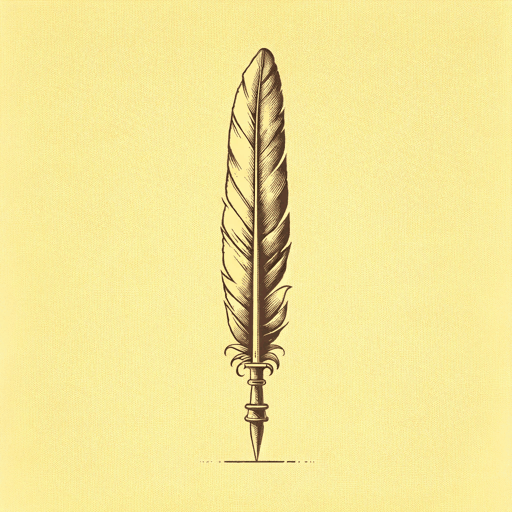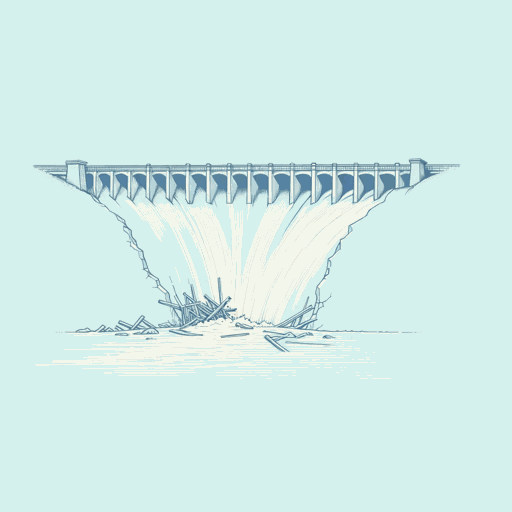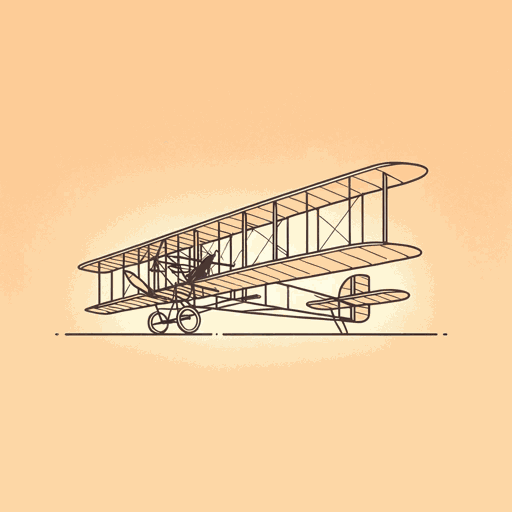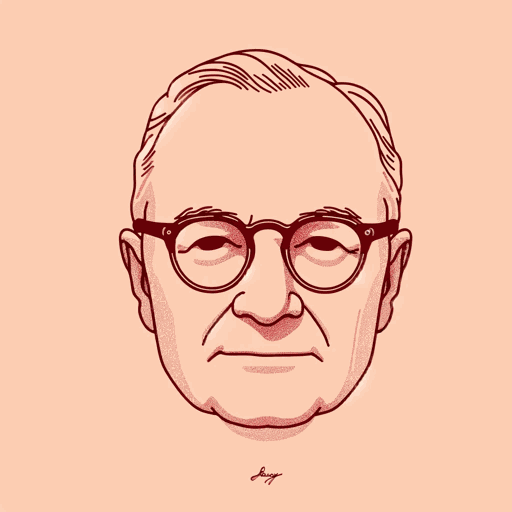63 pages • 2 hours read
David McCulloughTruman
Nonfiction | Biography | Adult | Published in 1992A modern alternative to SparkNotes and CliffsNotes, SuperSummary offers high-quality Study Guides with detailed chapter summaries and analysis of major themes, characters, and more.
Part 5, Chapter 17-Part 6, Chapter 18Chapter Summaries & Analyses
Chapter 17 Summary: “Final Days”
Truman’s focus in the final days of his presidency was on the Korean War and domestic economic conditions. Despite exiting politics, Truman displayed concern about his successor. He approached different candidates, such as Dwight Eisenhower. Eisenhower was immensely popular but previously rejected a presidential run. He declined Truman’s invitation only to have his Republican nomination announced soon after. Eventually, Truman convinced Adlai E. Stevenson II to run in the primaries, and Stevenson eventually became the Democratic nominee. However, Eisenhower easily defeated him.
Other domestic issues that Truman had to resolve were firing tax collectors for corruption and dealing with the steel industry. Truman’s sympathies with the steelworkers who requested a pay raise were surpassed by his distrust of corporations. On April 9, 1952, Truman nationalized the steel mills, and the work continued. This decision caused a constitutional crisis, as the federal district judge ruled it illegal. The case went to the Supreme Court, which ruled it unconstitutional. The strike proceeded and became, McCullough says, “the longest, most costly steel strike in the nation’s history” (1028).
On the positive side, Truman chose a project that was reasonable to complete before the end of his tenure: the renovation of the White House. After extensive construction, the historic building reopened to the public in April 1952, and, feeling proud of his accomplishment, the President held his own televised tour.
Related Titles
By David McCullough

1776
David McCullough

Brave Companions
David McCullough

John Adams
David McCullough

Mornings on Horseback
David McCullough

The Great Bridge
David McCullough

The Greater Journey: Americans in Paris
David McCullough

The Johnstown Flood
David McCullough

The Path Between the Seas
David McCullough

The Pioneers: The Heroic Story of the Settlers Who Brought the American Ideal West
David McCullough

The Wright Brothers
David McCullough
Featured Collections
Books on Justice & Injustice
View Collection
Books on U.S. History
View Collection
Challenging Authority
View Collection
National Book Awards Winners & Finalists
View Collection
National Book Critics Circle Award...
View Collection
Nation & Nationalism
View Collection
Politics & Government
View Collection
Power
View Collection
Pulitzer Prize Fiction Awardees &...
View Collection
True Crime & Legal
View Collection
War
View Collection
World War II
View Collection

